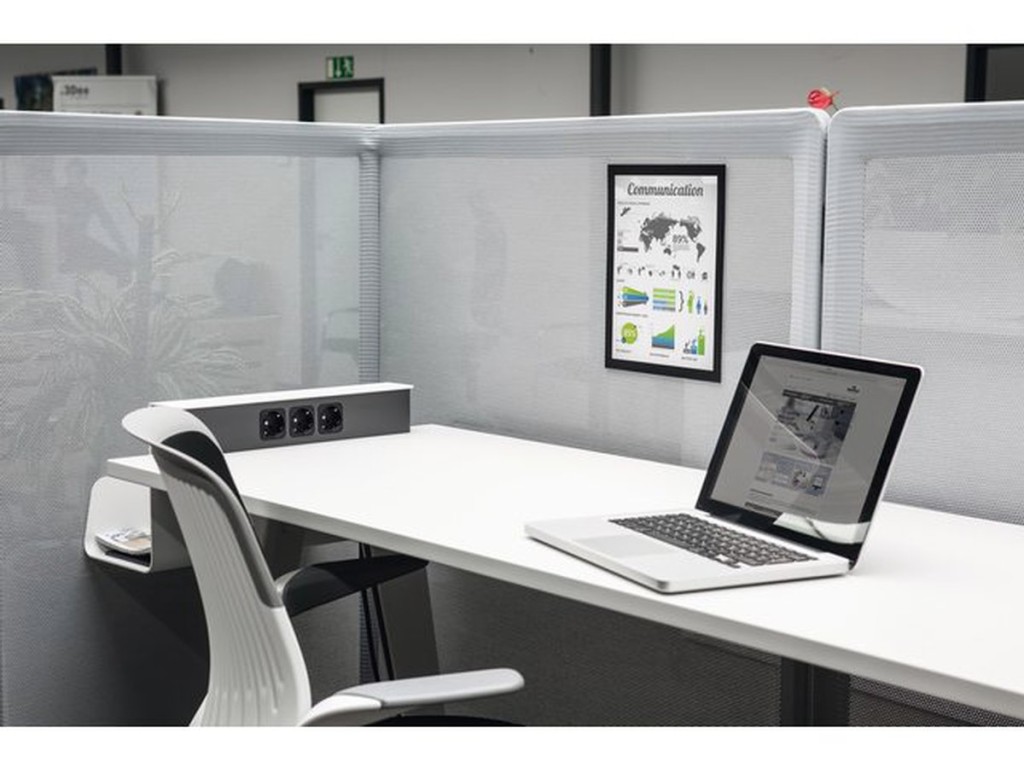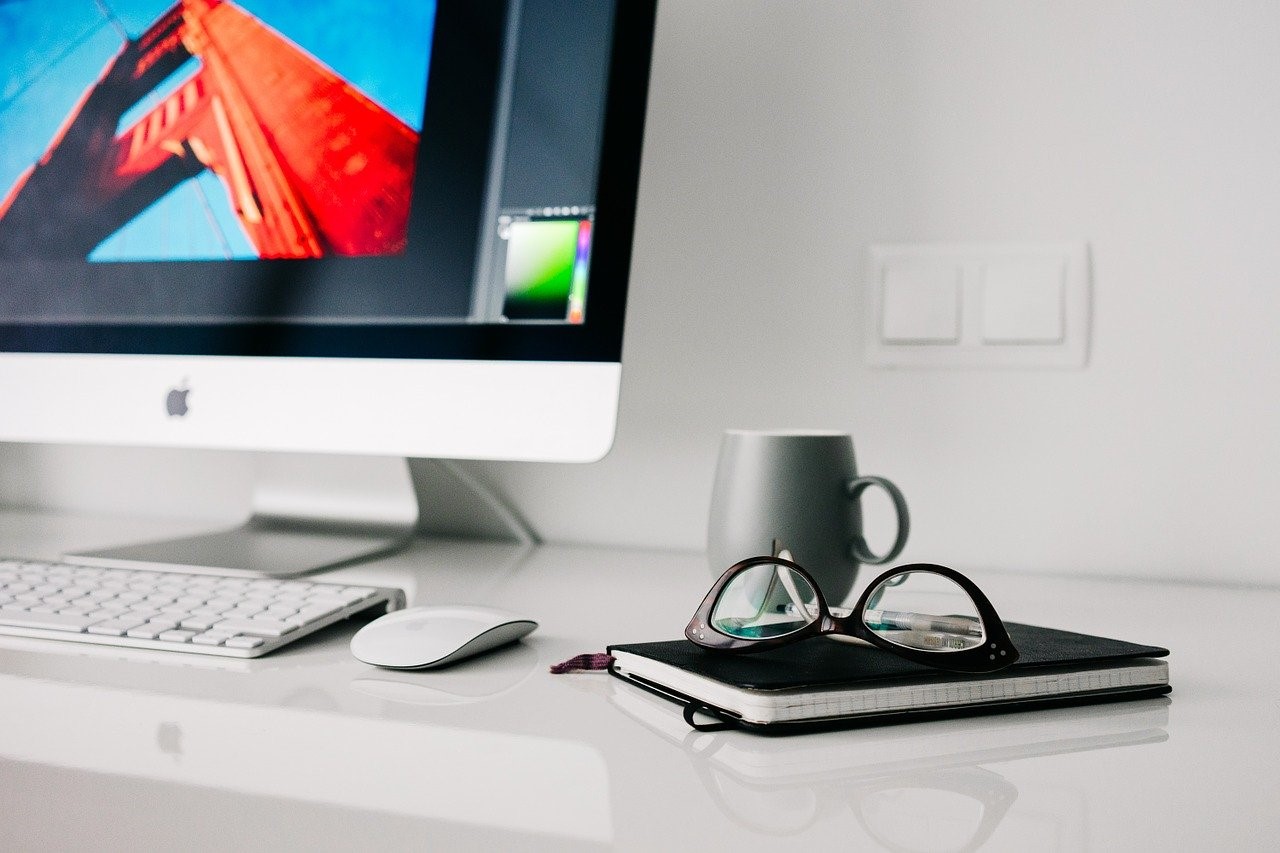

Productivity Hacks: How To Have More Productive Meetings
February 9, 2016If you regularly attend meetings at work, then there’s a very good chance you recognise how unproductive they can be. Do you find your mind wandering after a while? Think your time could be better spent doing other things? We can help you have more productive meetings
According to research by VisitBritain, almost a third of business meetings are considered unproductive, resulting in 14 days’ worth of wasted days a year.
Read more: How to be a morning person & get stuff done
The study found that the average cost of a meeting was £50 per person, which results in an enormous £27.5bn cost to the UK economy every year.
Why are meetings unproductive?
Adobe’s research reveals that the two biggest culprits for unproductive meetings are irrelevant content and meeting length. It’s not rocket science to see why these affect productivity.
If part of a meeting is completely irrelevant to your job, then it’s difficult to stay focused. After all, you no doubt have important jobs you could be doing. And even if it is related to your job, if the meeting goes on for too long then it’s only natural for your attention levels to dip.
There are various other reasons why your meetings might not be a productive use of everyone’s time. For example, we’ve all been in meetings where we can’t connect to the right computer or someone can’t find their USB stick. It all adds up.
Another big issue in meetings is planning. Or rather the lack of it. Too many meetings waste time because there’s no clear plan of what’s going to be discussed, or the first section of the meeting is spent on getting everyone up to speed. Again, wasted time.
Why do unproductive meetings matter?
We’ve already mentioned the exorbitant amount of money unproductive meetings cost UK business, but there are also other unwanted effects.
Think about your employees’ and colleagues’ happiness and state of mind. If they’re being dragged into endless meetings that aren’t keeping them focused, then they’re quickly going to become disillusioned with their jobs. Furthermore, their work is going to suffer if they’re stuck in meetings all the time and don’t have time to get it done.
According to a survey, 6% of people have even admitted to taking naps during a meeting. Whilst it might be nice to catch up on a bit of sleep, is there anything more unproductive than that?
29% of people said they send personal text messages or used social media during meetings.
Read more: The office equipment every new business needs
Now, internal meetings are one thing, but how about client meetings? If you’re on a call to a customer or client and you’re not engaged, there’s a good chance it’s the same for the client. This doesn’t give a good impression, and not only is your time wasted, but theirs is too.
This just increases the likelihood of needing further meetings, wasting even more time and money.
How to have more productive meetings
Meetings shouldn’t be soulless, but they do need to be focused, and there are various ways you can ensure more productive meetings.
Plan your meetings
Work out a clear agenda of what you’ll cover in the meeting. This way you can quickly move from point to point without bumbling through trying to remember what you wanted to talk about.
Distribute materials beforehand
If you need attendees to read something or understand something essential to the meeting then give them plenty of time beforehand to do so. You don’t want them to be clueless as to what’s going on or spending the first 20 minutes reading. If everyone is on the same page then you can hit the ground running – and other work-related metaphors.
Check the IT works
Nearly half (45%) of UK workers have reported being delayed in meetings by dodgy IT issues. Whether it’s not being able to find an outside line or the internet connection being slow, always check beforehand that everything works. Even if it takes up a little of your time, it’s better than wasting the time of a whole room full of people.
Consider the time of your meeting
The time of your meeting is incredibly important. If you schedule it right over lunchtime, then attendees’ thoughts might be more focused on food – if you do have the meeting over lunch, think about providing some form of refreshments.
Similarly, if your meeting is right at the end of the day, then everyone is likely to be itching to go home.
Mid-morning is an ideal time to schedule a meeting as attention is likely to still be relatively high and you can wrap things up before lunch. Obviously, meetings sometimes have to be held at non-ideal times, but where possible, consider the scheduling.
Keep it short
With lengthy meetings being one of the biggest causes of productivity loss, it makes sense to keep them short. Meetings of half an hour are perfect. You may think you can’t get everything done in that time, but with better planning, you might be surprised how much you can get through.
Also, try and make it a habit of starting and finishing on time. People might have other things they need to be doing, so try to not take up too much of their time.
Use video calling
If you’re having a meeting with people not in the room with you, then try using video calling instead of the phone. According to this infographic, only 4% of people multitask on video calls, compared to 57% on phone calls.
It makes sense – if people can be seen by their boss or clients then they’re less likely to be twiddling on their phones.
Involve everyone
Having one person monopolising the meeting can quickly make people switch off. Try and include everyone, or at least a few people, to keep people engaged. Ask for people’s opinions or get them to each lead part of the meeting.
Do you have any tips on how to have more productive meetings? We’d love to hear them!



